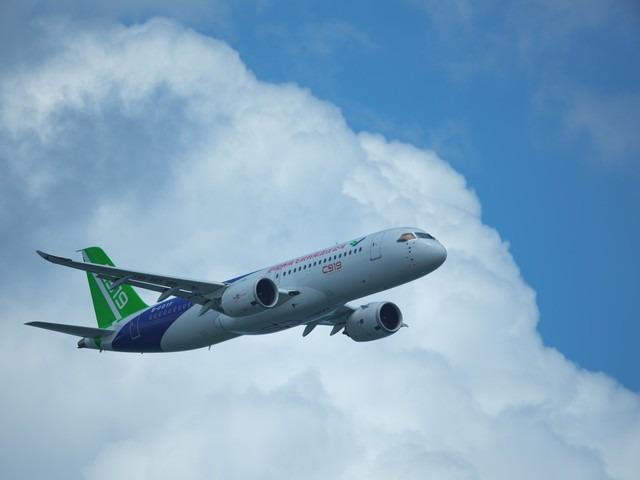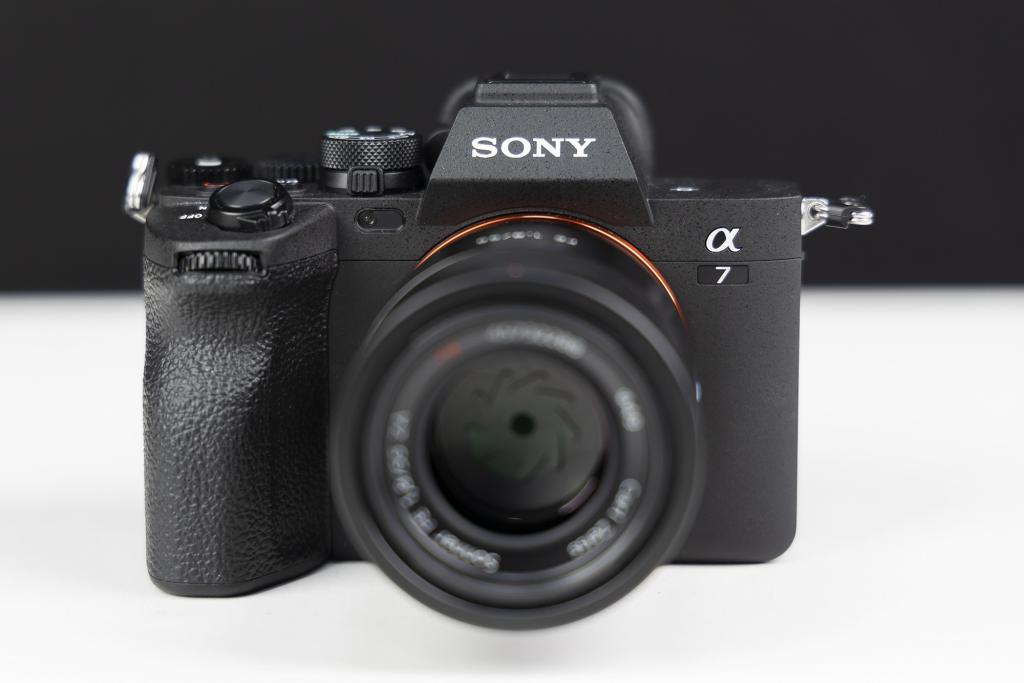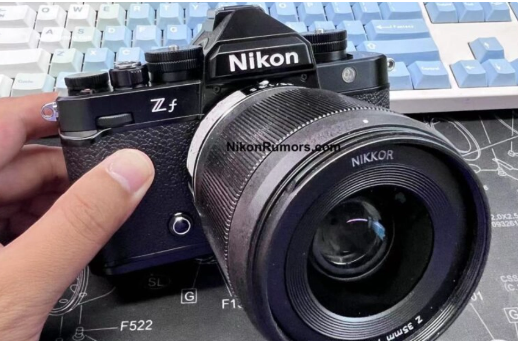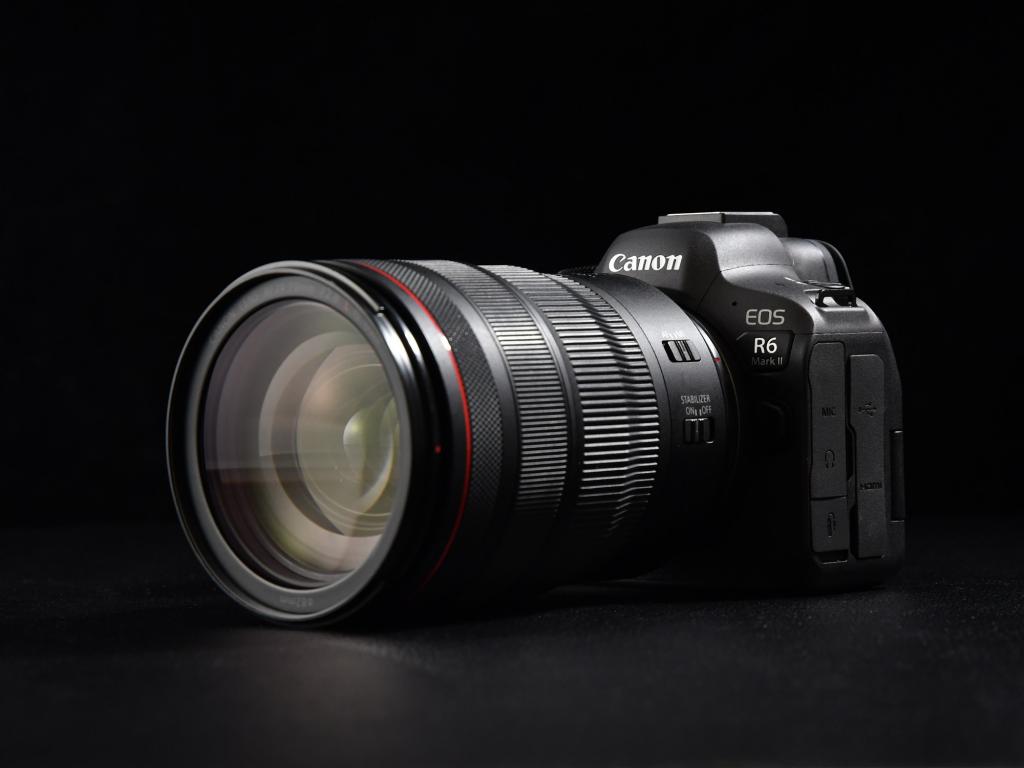The difference between medium format and full frame: 1. Size; 2. Resolution; 3. Image quality; 4. Application fields; 5. Price; 6. Portability; 7. Lens focal length; 8. Price and investment costs. Detailed introduction: 1. Size, the sensor size of a medium format camera is larger than that of a full frame camera. The sensor size of a full frame camera is usually 36mm x 24mm, while the sensor size of a medium format camera is larger; 2. Resolution, because the sensor size of a medium format camera is larger. A format camera's sensor is larger, so its resolution is usually higher, which means a medium format camera can capture more detail and more.

The operating system for this tutorial: Windows 10 system, DELL G3 computer.
Medium format and full frame are two different types of camera sensors. They have obvious differences in size, resolution, image quality, etc.
1. Size: The sensor size of medium format cameras is larger than that of full frame cameras. The sensor size of a full-frame camera is usually 36mm x 24mm, while the sensor size of a medium-format camera is larger, usually 44mm x 33mm or larger. As a result, medium format cameras can capture more image detail and color information.
2. Resolution: Because the sensor size of a medium format camera is larger, its resolution is usually higher. This means that medium format cameras can capture more detail and information, making photos clearer and more vivid.
3. Image quality: Because the sensor size of a medium format camera is larger, its image quality is usually better. Medium format cameras can capture more image details and color information, making photos more delicate and natural. In addition, medium format cameras typically use higher quality lenses and more advanced image processing techniques to further improve image quality.
4. Application fields: Because medium format cameras have higher resolution and better image quality, they are usually used in professional photography, commercial photography, art photography and other fields. . In these areas, more details and information need to be captured to produce high-quality photos or images.
5. Price: Because medium format cameras have higher resolution, better image quality and specific application fields, their prices are usually higher than full-frame cameras. . Medium format cameras generally require higher investment and maintenance costs, making them more suitable for professional photographers or commercial organizations.
6. Portability: Full-frame cameras are usually smaller and lighter than medium-format cameras, so they are more suitable for carrying around and suitable for travel, outdoor photography and other scenarios. Medium format cameras, on the other hand, are typically larger and heavier, requiring more storage space and protection.
7. Lens focal length: Since the sensor size of the medium format camera is larger, the lens focal length of the full-frame camera needs to be multiplied by a factor of 1.5. In fact, the depth of field remains unchanged. This can have an impact on the photographer's composition and shooting.
8. Price and investment cost: Medium format cameras are generally more expensive than full-frame cameras because their sensors, lenses, and other components require higher quality and performance. Additionally, photographers using medium format cameras require a larger budget and expertise since medium format cameras require higher investment and maintenance costs.
In short, medium format and full frame are two different types of camera sensors. They have obvious differences in size, resolution, image quality, etc. Medium format cameras have higher resolution and better image quality, and are usually used in professional photography, commercial photography, art photography and other fields. Full-frame cameras are more suitable for ordinary consumers because they have smaller sensor sizes and lower prices.
The above is the detailed content of What are the differences between medium format and full frame?. For more information, please follow other related articles on the PHP Chinese website!
 充分释放中画幅威力 富士 GFX 100II 新加坡航展拍摄体验Mar 05, 2024 am 09:00 AM
充分释放中画幅威力 富士 GFX 100II 新加坡航展拍摄体验Mar 05, 2024 am 09:00 AM2024年2月20日,新加坡樟宜会展中心,新一届新加坡航展顺利拉开帷幕。新加坡航展是世界上最知名的航展之一,无论在辐射范围、展商实力还是在综合影响力方面都位居世界前列。乘着本届新加坡航展的东风,我国刚刚投入运营的国产C919民用干线客机也首次出国参展,在世界人民面前亮相,展示自己的魅力与实力。此举被诸多国际媒体与机构形容为本届航展的最突出的亮点,也是中国制造走向海外的里程碑。作为航空爱好者,我这次携带了富士中画幅相机GFX100II对本届航展进行了拍摄与记录,下面就为大家分享本届航展上我的拍摄体
 中画幅与全画幅有哪些区别Dec 18, 2023 pm 04:17 PM
中画幅与全画幅有哪些区别Dec 18, 2023 pm 04:17 PM中画幅与全画幅的区别:1、尺寸;2、分辨率;3、画质;4、应用领域;5、价格;6、便携性;7、镜头焦距;8、价格和投资成本。详细介绍:1、尺寸,中画幅相机的传感器尺寸比全画幅相机更大,全画幅相机的传感器尺寸通常是36mm x 24mm,而中画幅相机的传感器尺寸则更大;2、分辨率,由于中画幅相机的传感器尺寸更大,因此它的分辨率通常更高,这意味着中画幅相机可以捕捉更多的细节等等。
 一亿像素中画幅 富士 GFX100 II 大美风光体验Mar 22, 2024 pm 09:56 PM
一亿像素中画幅 富士 GFX100 II 大美风光体验Mar 22, 2024 pm 09:56 PM我国幅员辽阔,不论春夏秋冬都可以寻找到非常适合摄影的目的地。对于喜爱摄影的人来说,冬日不能错过的肯定是精彩雪景和璀璨星空了。为了更精彩的画面,笔者这次选择了云南梅里雪山、元谋土林、香格里拉、普达措和松赞林这条路线,带着一亿像素中画幅相机富士GFX100II一起完成了一次雪景与星空摄影的挑战。焦段:27mm,快门:30s,光圈:F4,ISO:1250(18张照片堆栈)云南的梅里雪山、元谋土林都是很著名的景点,梅里雪山不用介绍了,这里的日照金山是闻名全国的风景,也是拍摄雪山的最佳取景地之一。元谋土林
 佳能 2600 万像素全幅微单相机不到一万元Apr 03, 2024 am 08:30 AM
佳能 2600 万像素全幅微单相机不到一万元Apr 03, 2024 am 08:30 AM佳能EOSRP是一款拥有2620万像素成像能力的全画幅微单相机,它还可以拍摄4K分辨率的超高清视频。同时全像素双核CMOSAF系统,也可以为用户带来快速、准确的对焦性能。对于家庭用户来说,5张/秒的连拍速度对于日常记录运动场景也是足够了。目前搭载24-105mm变焦防抖镜头的EOSRP套机价格已经不到一万元,9999元的售价也是非常具有吸引力的。
 松下全画幅 5 周年:从开创者到电影级视频标准的塑造者Apr 17, 2024 pm 09:55 PM
松下全画幅 5 周年:从开创者到电影级视频标准的塑造者Apr 17, 2024 pm 09:55 PM松下作为全球知名的影像设备制造商,在全画幅无反相机领域一直以其卓越的视频功能备受赞誉。自涉足全画幅相机以来,松下不断推动视频技术的发展与创新,逐步树立了在专业视频制作领域的领导地位。今天将带领各位一起回顾松下在全画幅相机在视频功能方面的关键里程碑及技术突破。·视频功能初现峥嵘(2000年代末至2010年代初)其实早在单反与无反相机开始涉足视频录制之初,松下就以其前瞻性的眼光,将视频功能整合到自家相机产品线中。例如早期的松下LUMIXG系列微型单电相机,尤其是GH系列,凭借它们对高清视频的支持和相
 高画质、性能全面 索尼、佳能、尼康主力全幅微单盘点Jul 10, 2024 pm 02:52 PM
高画质、性能全面 索尼、佳能、尼康主力全幅微单盘点Jul 10, 2024 pm 02:52 PM对于有高要求的摄影爱好者而言,全画幅微单相机无疑是最适合的器材之一。特别是佳能、索尼、尼康三家的主力机型,不仅拥有高画质输出性能,而且在视频拍摄、对焦功能、连拍表现、防抖性能上也有着非常优秀的表现,可谓全能机型。而且这些主力机型的价格也相对来说不算太高,很多人也都可以承受。今天我们就来给大家推荐摄影御三家中的主力全画幅微单相机。索尼全画幅微单A7M4索尼A7M4搭载了一枚约3300万像素的全画幅背照式ExmorCMOS影像传感器,相较于A7M3的2420万像素有了明显的提升,高像素带来了更为精细
 新标题:尼康即将发布全画幅复古相机,外观曝光引发期待Aug 22, 2023 pm 10:13 PM
新标题:尼康即将发布全画幅复古相机,外观曝光引发期待Aug 22, 2023 pm 10:13 PM尼康公司即将发布备受期待的全画幅复古相机,预计在8月或9月正式推出。近期,越来越多的消息和证据证实了这款相机的真实性,进一步激发了摄影爱好者的兴趣根据NikonRumors网站的报道,据称该公司的新款Zf相机已经曝光。从泄露的视频和照片中可以清楚地看到,这款相机上镶嵌有标志性的“Zf”字样,整体外观设计则酷似经典胶片相机的风格,给用户带来了强烈的复古视觉感受根据消息汇总,这款相机采用全黑色机身,搭载了一颗2400万像素的BSI-CMOS传感器,为用户提供高品质的图像捕捉能力。相机本体重约700克
 40 张连拍 8 级防抖 佳能 R6 II 全画幅微单相机Jul 19, 2024 pm 09:33 PM
40 张连拍 8 级防抖 佳能 R6 II 全画幅微单相机Jul 19, 2024 pm 09:33 PM拥有2420万像素成像性能的佳能全画幅微单EOSR6II,还可以拍摄6K超采样的4K60P视频。它所使用的第二代全像素双核CMOSAF自动对焦系统,可以识别人物、动物、交通工具等多种主体,让对焦过程更加智能高效。40张/秒的高速连拍性能,满足了一些用户高速摄影的需求。机身还搭载了防抖系统,与镜头组合的协同防抖可以提供最高8级的防抖效果。fenye

Hot AI Tools

Undresser.AI Undress
AI-powered app for creating realistic nude photos

AI Clothes Remover
Online AI tool for removing clothes from photos.

Undress AI Tool
Undress images for free

Clothoff.io
AI clothes remover

AI Hentai Generator
Generate AI Hentai for free.

Hot Article

Hot Tools

Dreamweaver CS6
Visual web development tools

WebStorm Mac version
Useful JavaScript development tools

Notepad++7.3.1
Easy-to-use and free code editor

MinGW - Minimalist GNU for Windows
This project is in the process of being migrated to osdn.net/projects/mingw, you can continue to follow us there. MinGW: A native Windows port of the GNU Compiler Collection (GCC), freely distributable import libraries and header files for building native Windows applications; includes extensions to the MSVC runtime to support C99 functionality. All MinGW software can run on 64-bit Windows platforms.

Atom editor mac version download
The most popular open source editor






